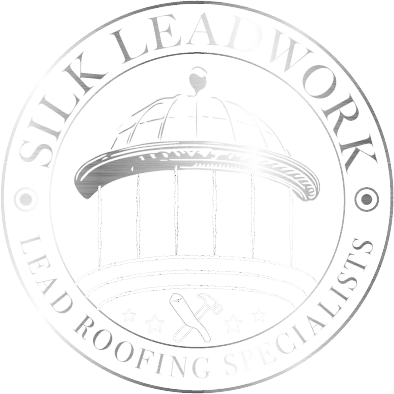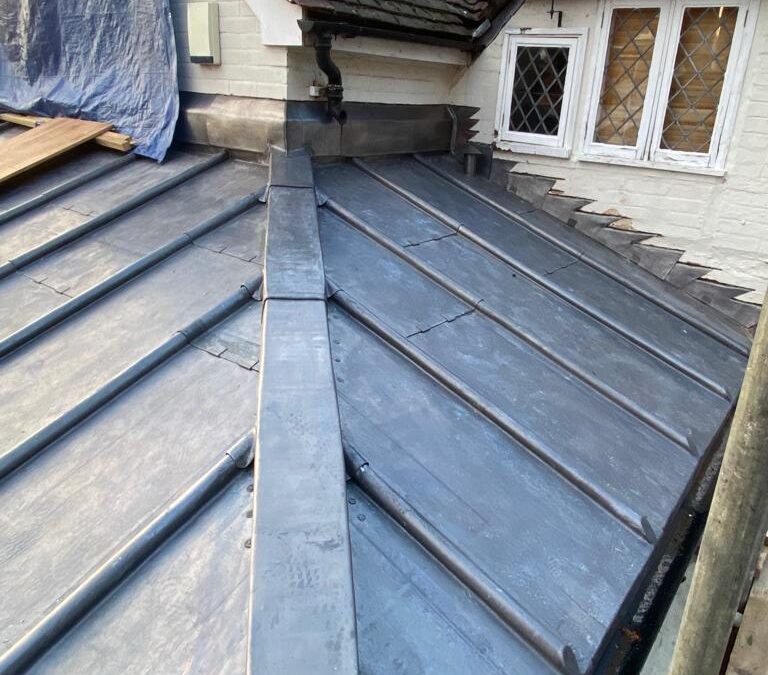Welding is the common practice of joining two or more materials together, by melting and then allowing them to cool, also known as fusion. Welding is different from soldering and brazing, given the high temperatures needed for this process and the melting of the base metal. There are various ways to weld metals together, such as spot welding, arc welding and gas welding.
But how is lead different?
What is lead welding?
Lead welding, also known as lead burning, is very similar to other types of metal welding. This process joins sheets of lead together manually with the use of a torch flame, the only difference being it doesn’t require flux. Flux is a chemical cleaning agent used mainly before soldering electronics, but never for lead welding. The welding of other metals, however, does require the use of flux. Similar to copper, lead has its own fluxing agent and therefore does not need any additional flux for welding.
Different gases can be used for fuel when welding lead, the most common being oxy-acetylene as well as hydrogen and natural gases. The flame is applied to a small area, given the minimal size of the torch, to melt sheets of lead into one and fuse them together. This gas is easy to transport, making it the ideal choice for lead welding. Certain size nozzles are perfect for this type of welding, the smaller the better, and more information on this can be found on our Lead Welding service page.
Lead welding, as we know it today, originated in the 19th century, with examples of welding dating all the way back to 1000 B.C. The process has been perfected over a number of years, first developed alongside the growing chemical industry.
What is it used for?
The process of lead welding is used for various construction projects, such as roofing for both commercial and residential properties. Lead welding is used for pipe joints, preventing the rust of steel and iron, as well as for the construction of chimneys. This is where lead flashing comes in.
Whilst lead welding is mainly for professional construction, it can also be used for DIY purposes. Those with the right equipment and gear can safely weld lead for their own projects. It melts sheets of metal together to form a strong base and is most commonly used for roofing. Historically, lead welding would’ve been used by plumbers but is now mainly used for the restoration of historic buildings. It’s a traditional method that has gone out of fashion for this profession. Lead piping is almost obsolete as well, used only in the chemical industry for rare purposes.
Though this process originated within the chemical industry, its uses have declined and are now only implemented in the construction of pipework, manufacturing acid-resistant tanks. Lead is used in replacement of steel, which can be corroded by acid depending on the type, temperature and concentration.
Find out how Silk Leadwork can provide you with an industry-leading Lead Welding service by visiting our website today, and don’t hesitate to contact us for more information.


Recent Comments